Last updated on December 29, 2023
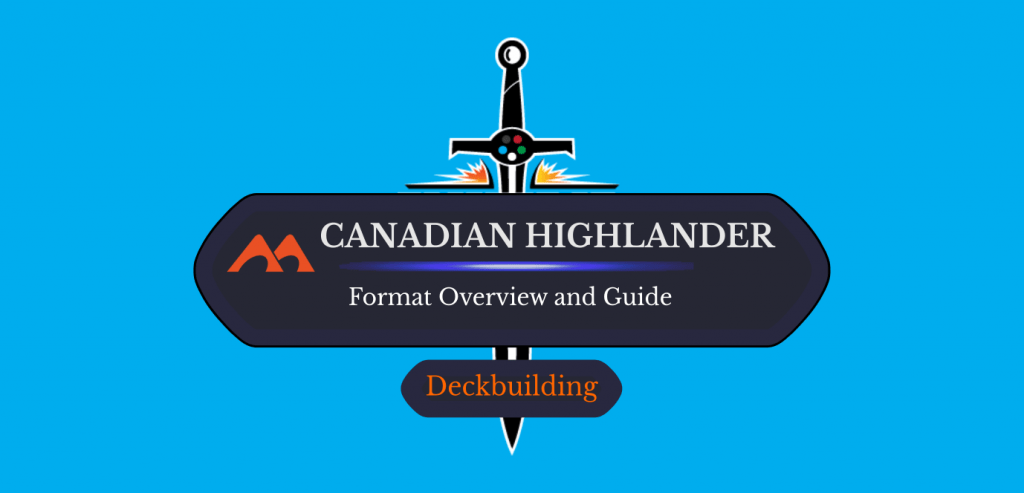
The Canadian Highlander format has been a mainstay of Magic since its explosion outside of Canada in recent years. But the small, well-nurtured format has actually been a part of the fabric of the game for the past two decades.
A format with unique tidbits, a very rich community, and some of the most unique gameplay within the whole of MTG, Canadian Highlander has won over the hearts of many players who are looking for a unique competitive experience. The skill ceiling is higher than any other constructed format, but the floor is as low as you’re able to go.
It’s a format about deckbuilding prowess and creativity, taking the proverbial leaves from the books of formats such as Legacy, Vintage, Commander, and Cube to create the premier Magic experience.
All of this sounds very demanding and technical, but not to fear! I’m gonna help you find your feet and start exploring the Canadian Highlander format. Let’s get started!

What is Canadian Highlander in Magic: the Gathering?
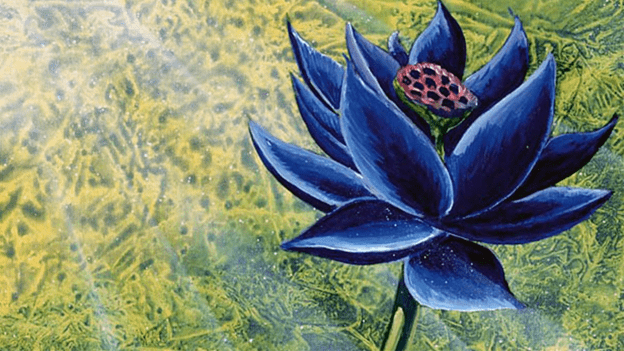
Black Lotus | Illustration by Christopher Rush
Canadian Highlander is a singleton format, similar to Commander, that plays with 100 card decks, and a unique points-based system.
You start at 20 life, which makes it comparable to Vintage. The format is very intricate and competitive and is often about efficiency, redundancy, and optimization. Singleton is a pretty hardcore restriction for a competitive deck, which makes all three a challenge.
However, Canadian Highlander shares a ban list with Vintage excluding Lurrus of the Dream-Den, which means that cards like the infamous Black Lotus (and its other Power Nine friends), Tolarian Academy, and Natural Order are all legal in this format. With a small catch.
The Canadian Highlander Points List
Each deck is allocated ten points to use to “buy” cards off of the points list, which allows the format to balance powerful cards. The Canadian Highlander points list has a range of cards, from Vintage All Stars to Legacy Sweethearts, to the exiles of formats like Modern and Pioneer.
So, for example, you could have Time Vault (worth 7 points) and Tinker (worth 3 points) in your deck, but that’s it. Or you could opt for 10 single-point cards, like Birthing Pod or Mana Drain. This makes for interesting deckbuilding with weird and unique limitations, and a lot of power.
It also means that not every deck needs to be running a full set of Power Nine either, with cards like Dig Through Time and Treasure Cruise being highly accessible cards. The format has an endless list of variations and possibilities with each card and each archetype!
The points list can hugely be split into three categories: efficient tutors (a la Demonic Tutor), fast mana (a la Mana Crypt), and super powerful cards (a la Time Vault).
1 Point
- Birthing Pod
- Dig Through Time
- Imperial Seal
- Intuition
- Mana Drain
- Mana Vault
- Merchant Scroll
- Mystical Tutor
- Survival of the Fittest
- Tainted Pact
- Tolarian Academy
- Treasure Cruise
- True-Name Nemesis
- Wishclaw Talisman
- Yawgmoth's Will
2 Points
3 Points
- Mox Emerald
- Mox Jet
- Mox Pearl
- Mox Ruby
- Mox Sapphire
- Natural Order
- Spellseeker
- Strip Mine
- Tinker
- Underworld Breach
4 Points
5 Points
7 Points
Banned Cards
As I already mentioned, Canadian Highlander shares a ban list with Vintage other than one card. Take a look:
- Ante cards
- Conspiracy cards
- Cards depicting racism and cultural insensitivity
- Dexterity cards
- Silver-bordered cards
- Sub-game cards
The infamous Lurrus of the Dream-Den is, however, legal. This is because the companion mechanic doesn’t work in Canadian Highlander since there are no sideboards in the format. This means that, unlike in Commander, Lutri, the Spellchaser is basically just a Dualcaster Mage and not exceptionally powerful.
Canadian Highlander Deck Building Tips
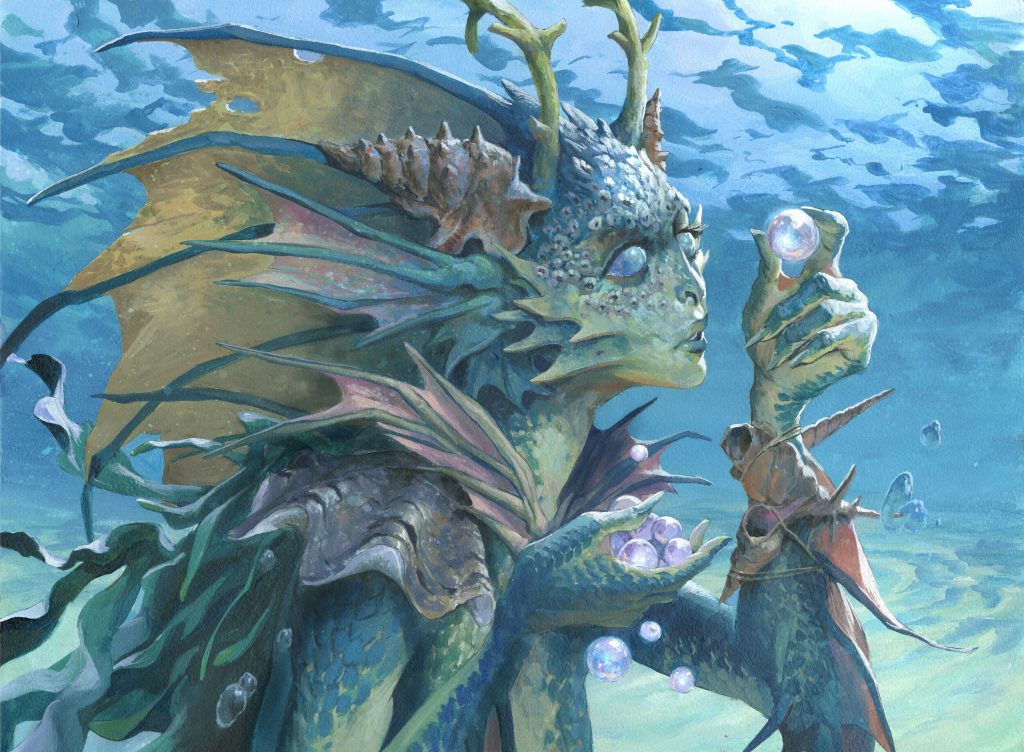
Thassa's Oracle | Illustration by Jesper Ejsing
So let’s say you want to start building your own Canadian Highlander Deck. Where do you start? Well, there are a few ways that you can put your own lists together. The first way would be to copy an existing deck list. There are plenty of resources out there for finding decks from other players at various levels of competitiveness.
If you want to pilot a deck of your own creation, then there are a few tips that you can use to make the process easier. If you want to build around a certain tribe or theme, sifting through the cards of that theme on Scryfall will give you a solid base of cards to work with. From there, look for supporting spells, and don’t forget to look at the points list for cards to include from there as well.
On the other side of the coin, you can start with the points list and build around cards from the list. For example, you could pick Thassa's Oracle, Tainted Pact and Imperial Seal as a few cards off the points list, and build around that combo.
Another tip that might save you some money is to build and test the deck on Magic Online. Given that a lot of the cards in the format are incredibly rare and expensive in paper, it might not be reasonable to purchase a deck outright. Luckily the online versions of some of the most expensive cards are very cheap, and you can test your decks with a wider community of players.
If you’re in the first camp, then let’s look at a few different examples of Canadian Highlander decks.
Canadian Highlander Decks
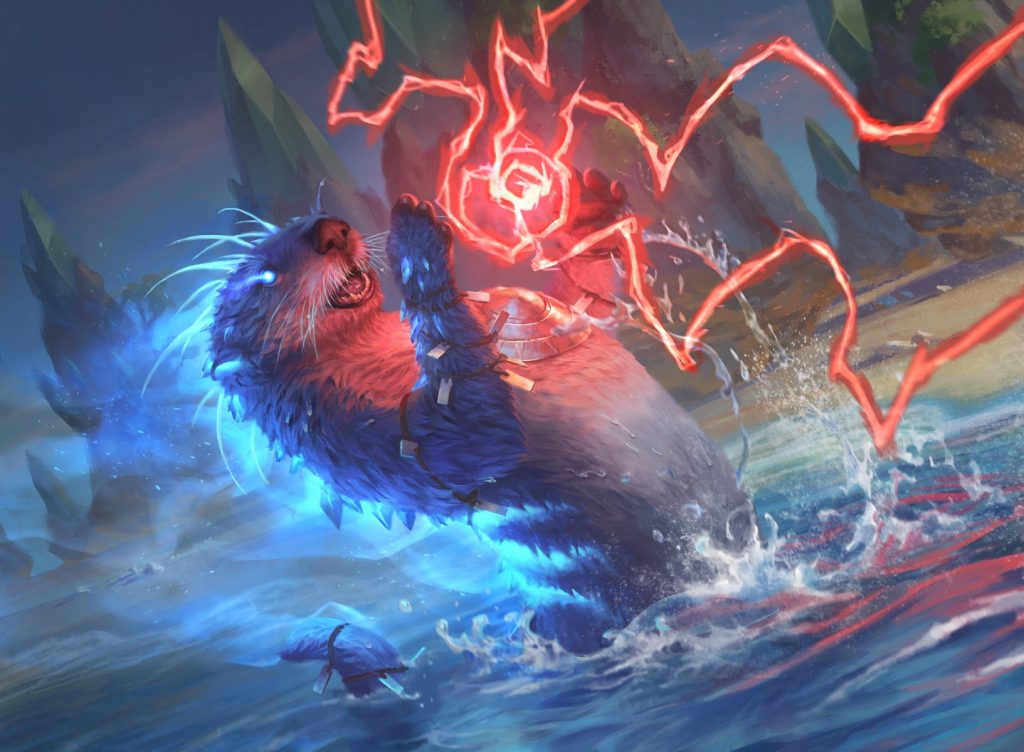
Lutri, the Spellchaser | Illustration by Lie Setiawan
There are endless possibilities when it comes to building a Canadian Highlander deck. You can play pretty much whatever kind of deck you want, and more than likely, no deck will look exactly like yours. But if you’re looking for some of the best decks out there, then here are a few samples of some of the top competitive decks in the format.
Death and Taxes
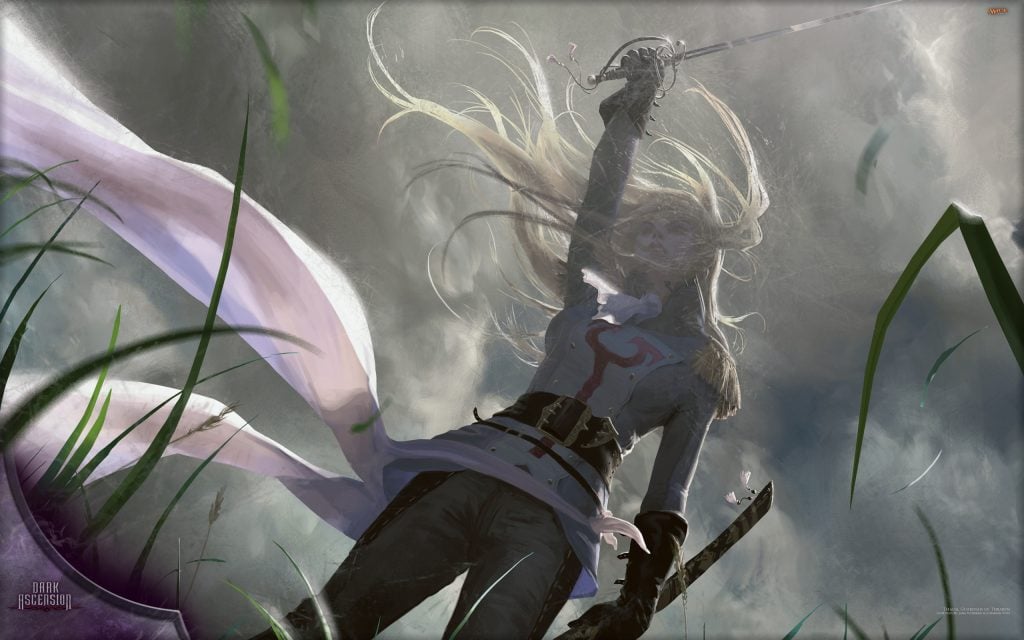
Thalia, Guardian of Thraben | Illustration by Jana Schirmer & Johannes Voss
(100)
Adeline, Resplendent Cathar
Aether Vial
Ancient Tomb
Anointed Peacekeeper
Archon of Emeria
Armageddon
Aven Mindcensor
Brave the Elements
Castle Ardenvale
Cathar Commando
Cave of the Frost Dragon
Cavern of Souls
Champion of the Parish
Charming Prince
Chrome Mox
City of Traitors
Containment Priest
Dauntless Bodyguard
Dryad Militant
Eiganjo Castle
Eiganjo, Seat of the Empire
Elite Spellbinder
Emeria's Call
Ephemerate
Esper Sentinel
Ethersworn Canonist
Extraction Specialist
Fateful Absence
Field of Ruin
Fight as One
Flagstones of Trokair
Ghost Quarter
Giver of Runes
Harm's Way
Hopeful Initiate
Horizon Canopy
Intrepid Adversary
Kaldra Compleat
Karakas
Kytheon, Hero of Akros
Legion's Landing
Leonin Arbiter
Lion Sash
Luminarch Aspirant
Mana Crypt
March of Otherworldly Light
Mardu Woe-Reaper
Mental Misstep
Mother of Runes
Mox Pearl
Palace Jailer
Path to Exile
Phyrexian Censor
Phyrexian Revoker
Plains x16
Ranger-Captain of Eos
Ravages of War
Recruiter of the Guard
Recruitment Officer
Resolute Reinforcements
Rishadan Port
Seasoned Dungeoneer
Selfless Spirit
Shadowspear
Siege Veteran
Silent Clearing
Skullclamp
Skyclave Apparition
Soldier of the Pantheon
Solitude
Spirit of the Labyrinth
Steelshaper's Gift
Stoneforge Mystic
Sunbaked Canyon
Sungold Sentinel
Swords to Plowshares
Thalia, Guardian of Thraben
Thalia, Heretic Cathar
Thalia's Lieutenant
Umezawa's Jitte
Urza's Saga
Usher of the Fallen
Walking Ballista
Wasteland
White Plume Adventurer
Death and Taxes is a mono white deck that has one goal: beat down your opponent with little white creatures, while using “tax” effects to pressure their resources. It’s a pretty straightforward game plan, but it has quite a bit of nuance as well. Between knowing which spells and effects to use at what time, or knowing when to flood the board to push for damage is all a part of piloting this deck.
4C Thassa’s Oracle
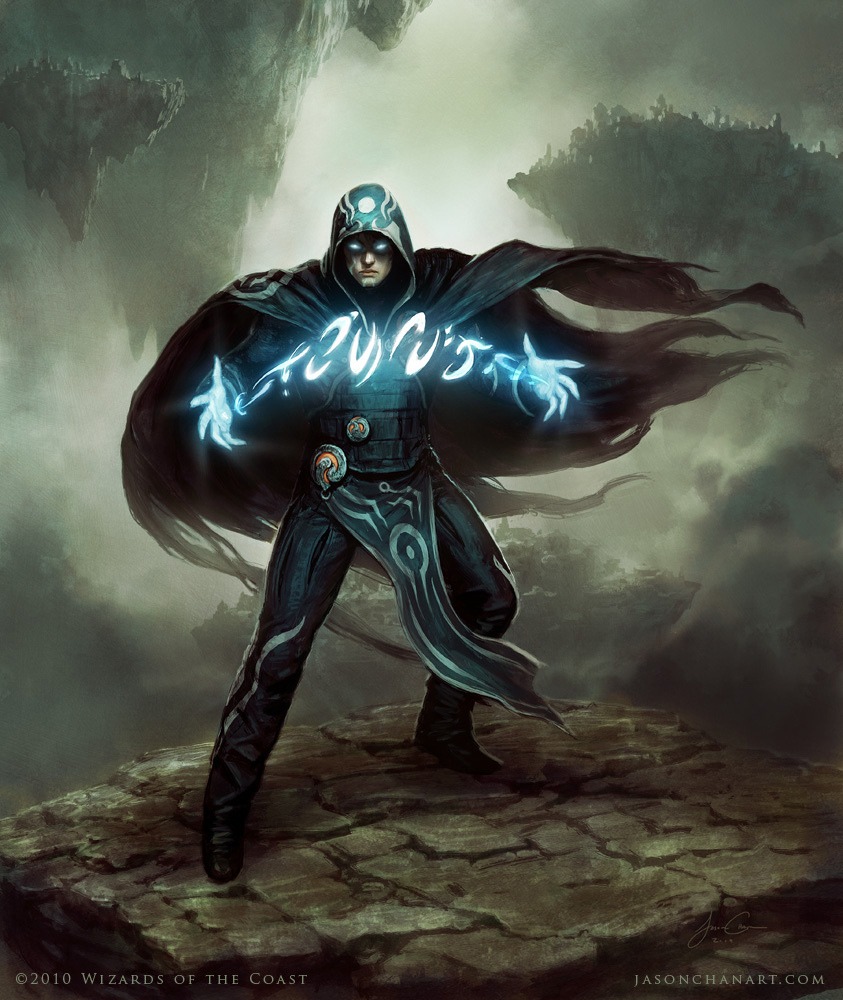
Jace, the Mind Sculptor | Illustration by Jason Chan
(100)
Abrupt Decay
Arid Mesa
Assassin's Trophy
Baleful Strix
Bayou
Bloodchief's Thirst
Bloodstained Mire
Blooming Marsh
Botanical Sanctum
Brainstorm
Breeding Pool
City of Brass
Collective Brutality
Concealed Courtyard
Counterspell
Damn
Darkslick Shores
Demonic Consultation
Dimir Infiltrator
Dizzy Spell
Drowned Catacomb
Eladamri's Call
Faithful Mending
Fatal Push
Flooded Strand
Force of Negation
Force of Will
Gifts Ungiven
Godless Shrine
Grim Tutor
Hallowed Fountain
Impulse
Inquisition of Kozilek
Island
Jace, the Mind Sculptor
Jace, Wielder of Mysteries
Lat-Nam's Legacy
Ledger Shredder
Lim-Dûl's Vault
Logic Knot
Lose Focus
Mana Confluence
Mana Leak
Marsh Flats
Mental Misstep
Miscalculation
Misty Rainforest
Muddle the Mixture
Mystical Teachings
Noxious Revival
Oko, Thief of Crowns
Overgrown Tomb
Path to Exile
Polluted Delta
Ponder
Preordain
Prismatic Ending
Profane Tutor
Raffine's Tower
Reanimate
Remand
Rhystic Tutor
Savannah
Scalding Tarn
Scrubland
Seachrome Coast
Sensei's Divining Top
Sheoldred, the Apocalypse
Shipwreck Marsh
Shred Memory
Snapcaster Mage
Snow-Covered Island
Snow-Covered Swamp
Solve the Equation
Spell Snare
Step Through
Sunken Ruins
Swords to Plowshares
Sylvan Library
Tainted Pact
Teferi, Time Raveler
Thassa's Oracle
Thoughtseize
Toxic Deluge
Triumph of Saint Katherine
Tropical Island
Tundra
Underground River
Underground Sea
Unearth
Uro, Titan of Nature's Wrath
Vedalken Aethermage
Verdant Catacombs
Wall of Blossoms
Wall of Omens
Watery Grave
Windswept Heath
Wooded Foothills
Worldly Tutor
Zagoth Triome
Four-color Thassa's Oracle is a combo / control deck. It leverages some powerful effects to find Thassa's Oracle and Tainted Pact to win the game on the spot. It sports plenty of card draw and counterspells to aid in its plan.
Red Deck Wins
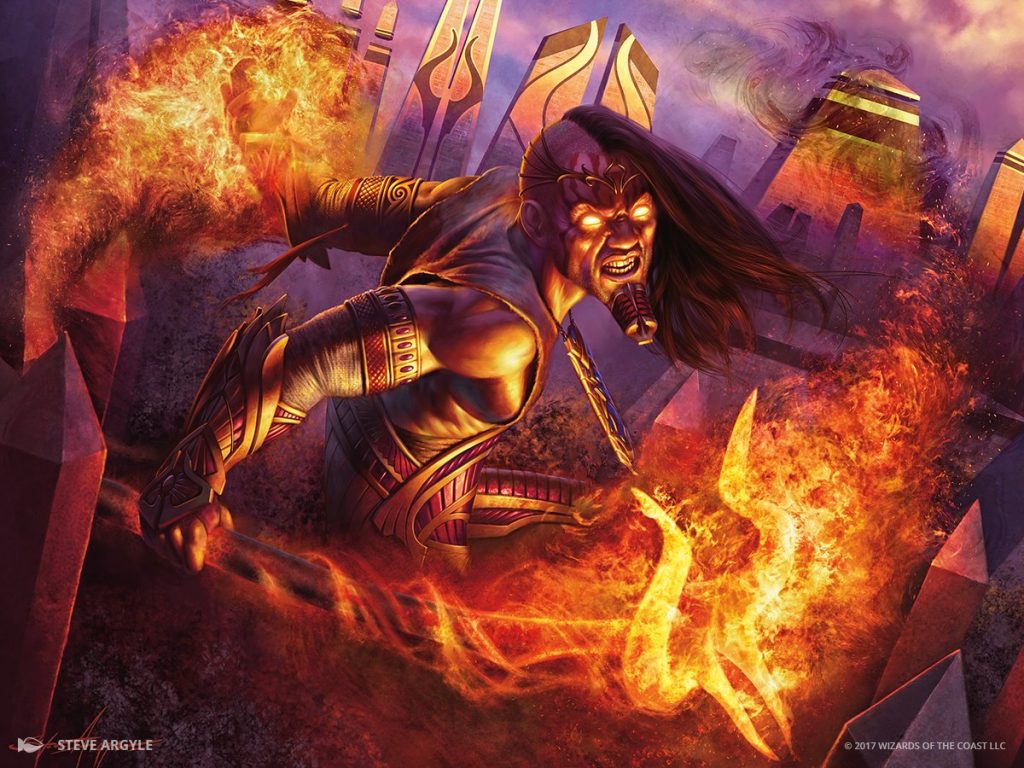
Soul-Scar Mage | Illustration by Steve Argyle
(100)
Arc Trail
Arid Mesa
Ash Zealot
Barbarian Ring
Blazing Rootwalla
Bloodfeather Phoenix
Bloodstained Mire
Bomat Courier
Bonecrusher Giant
Brute Force
Burst Lightning
Cemetery Gatekeeper
Chain Lightning
Dragon's Rage Channeler
Dreadhorde Arcanist
Earthshaker Khenra
Eidolon of the Great Revel
Electrostatic Infantry
Falkenrath Gorger
Falkenrath Pit Fighter
Feldon, Ronom Excavator
Fiery Islet
Figure of Destiny
Fire Ambush
Fireblast
Firebolt
Firedrinker Satyr
Forked Bolt
Galvanic Blast
Goblin Guide
Grim Lavamancer
Harsh Mentor
Heartfire Immolator
Incendiary Flow
Incinerate
Infuriate
Khenra Spellspear
Kumano Faces Kakkazan
Lava Dart
Lightning Bolt
Lightning Strike
Maddening Hex
Mishra's Factory
Monastery Swiftspear
Mountain x17
Mox Ruby
Mutagenic Growth
Mutavault
Phoenix Chick
Pillar of Flame
Play with Fire
Price of Progress
Prismatic Vista
Ragavan, Nimble Pilferer
Rakdos Cackler
Rampaging Ferocidon
Ramunap Ruins
Reinforced Ronin
Rift Bolt
Robber of the Rich
Roil Eruption
Roiling Vortex
Scalding Tarn
Seal of Fire
Searing Blaze
Searing Spear
Shatterskull Smashing
Shock
Skewer the Critics
Skullclamp
Sokenzan, Crucible of Defiance
Soul-Scar Mage
Spikefield Hazard
Strip Mine
Stromkirk Noble
Sulfuric Vortex
Sunbaked Canyon
Tarfire
Titan's Strength
Volcanic Hammer
Wasteland
Wild Slash
Wooded Foothills
Zurgo Bellstriker
Good ol’ Red Deck wins is your typical red aggro deck. It has an army of tiny, hasty creatures, and a boatload of burn spells to push those last few points of damage. This deck is probably one of the more beginner-friendly strategies out there for the first-time Canadian Highlander player and arguably one of the cheapest.
What’s the Difference Between Commander and Canadian Highlander?
There are a few key differences between EDH and Canadian Highlander. Yes, both formats are singleton 100-card formats, but that’s where the similarities end.
- Canadian Highlander decks don’t have a commander.
- Canadian Highlander starts at 20 life, whereas EDH starts at 40 life.
- Canadian Highlander is a 1v1 format, whereas EDH is multiplayer.
- EDH is a more social and casual format. Canadian Highlander can be very competitive and cutthroat.
These are some of the main differences, but honestly, Canadian Highlander still has the same high variance in gameplay that Commander offers, while keeping the feeling of a more competitive eternal format, such as Modern, Legacy, and Vintage. So, if you enjoy a hybrid of the two formats, then Canadian Highlander might be the format for you!
Canadian Highlander Resources
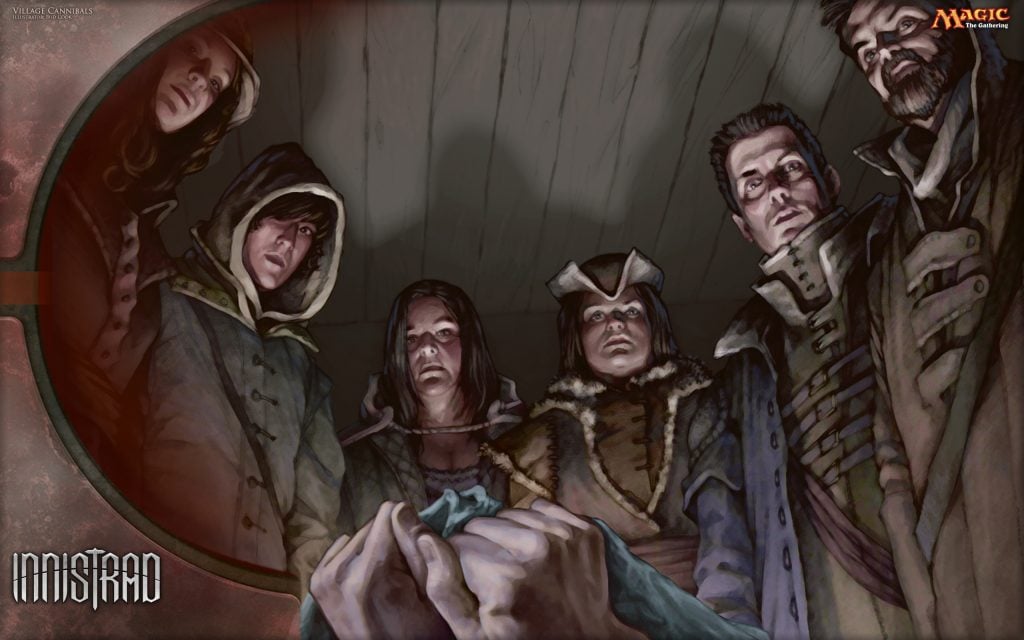
Village Cannibals | Illustration by Bud Cook
There are a few key resources for anyone looking to explore the world of Canadian Highlander, so here are a few to get you started.
Discord
Canadian Highlander, at face value, seems like a very inaccessible format to get into, but it’s quite the contrary! With a community wanting to get as many people as possible involved, the worldwide Canadian Highlander community is booming, with a very popular Discord server.
The Discord server is a great place to find games and interact with people! All the information and guidance you need is available within the community, which is very welcoming and can help you find the way to play the format that’s best for you. The format is completely community-driven and is left to its own devices (even though some WotC members play it), which just means that it’s a very tightly-knit community. Players often use a webcam or Cockatrice to play games.
There are weekly tournaments on the server organized under #tournament-announcements. They’re free to enter, and they’re a fun way to get into the format. I took part in one blindly when I started out and I had a lot of fun with it. It also allows you to experiment with things in your deck for free, in a competitive environment.
YouTube
If you’re looking for Canadian Highlander content, I’ve got a few suggestions for you. Loading Ready Run sometimes plays Canadian Highlander and it’s honestly an entertaining watch, whilst being also educational. Loading Ready Run are great if you want to learn the many nuances of Magic – some of the best talents of the game are on the channel.
Benjamin Wheeler of LRR is honestly one of the best people to watch if you want to see top-level Canadian Highlander play. Nobody that I’ve seen knows the format better than him and watching him play has really helped me improve.
PleasantKenobi’s video with Ben Wheeler is very good for those who want to get into the format from an outside perspective. It teaches a lot and gives a taste of the format (explicit language warning for the uninitiated on PK’s content). Tolarian Community College’s video talking about the format is great, too. Both are really good at giving an actual feel for what the format will be like to play!
Canadian Conclusion

Training Grounds | Illustration by James Ryman
That’s Canadian Highlander! Thanks for joining me, and I hope you had a good time learning about one of Magic’s most exciting formats.
Don’t forget to let me know if you have any comments or questions in the comments section below. If you really enjoyed what you’re seeing, and like what we do, consider joining our Patreon! It helps support us and lets us keep on doing what we’re doing.
And, if you haven’t already, make sure to check out our blog for more stuff from some of the best literary talents in the community! But for now, that’s it from me.
As always, stay safe!
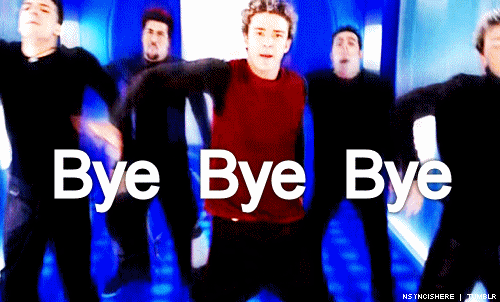
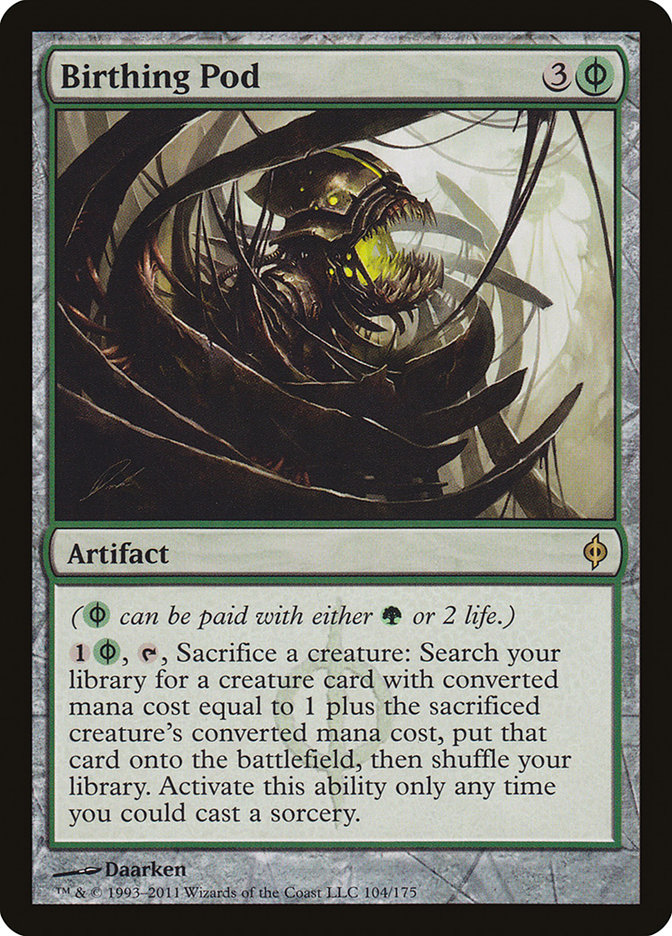
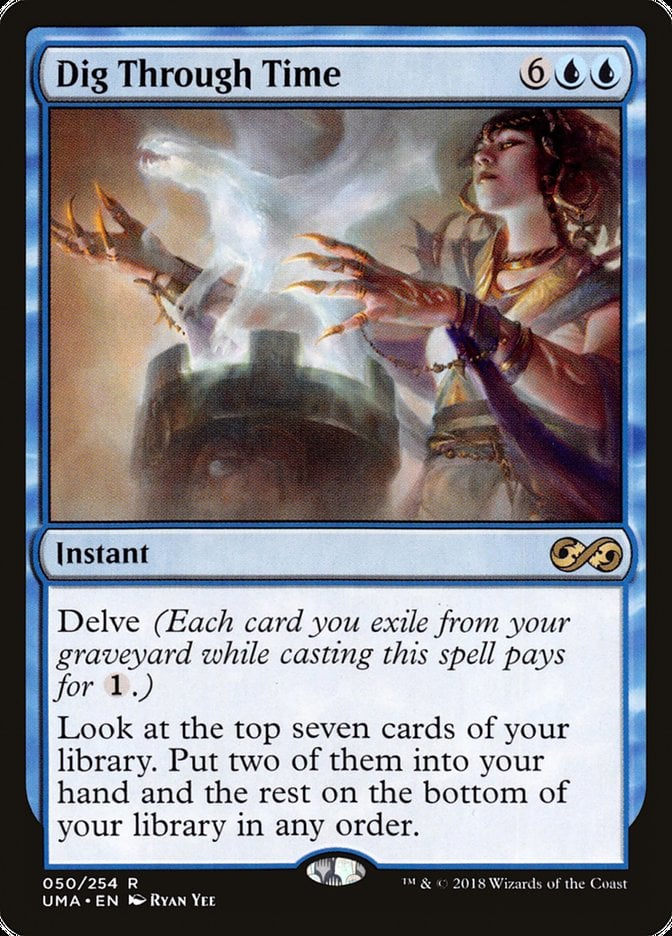
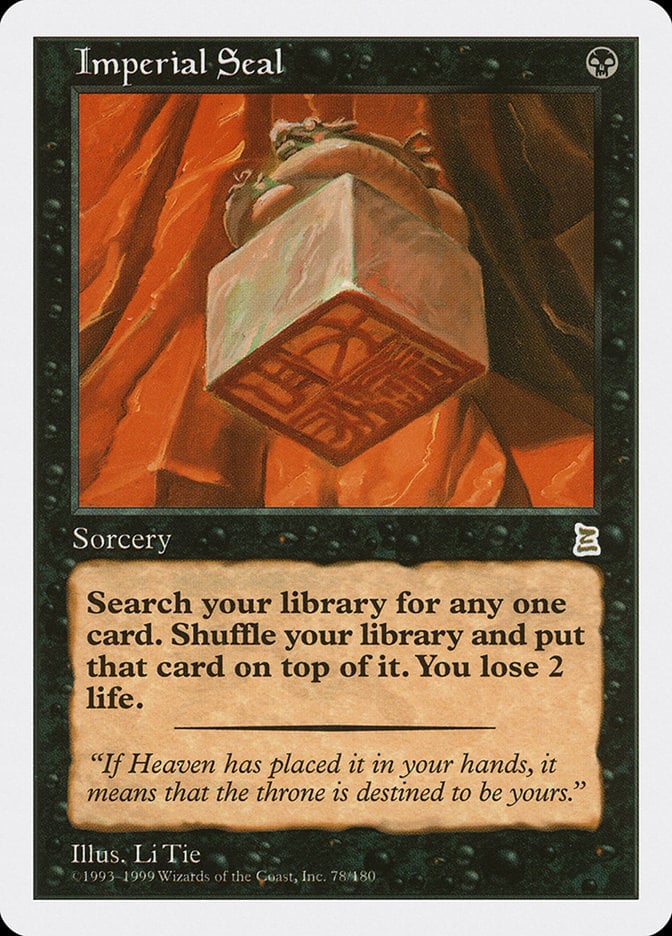
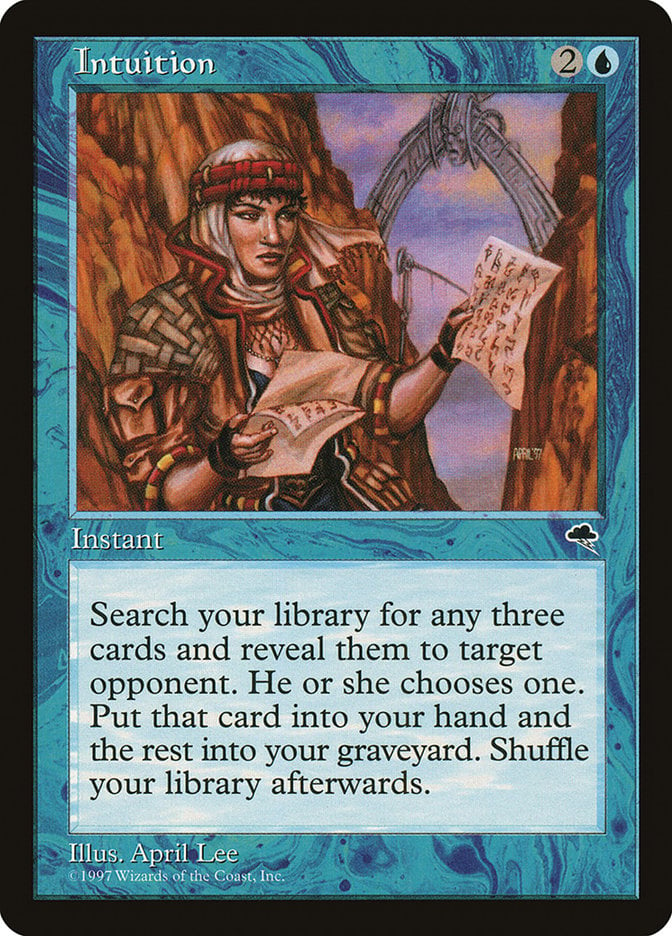
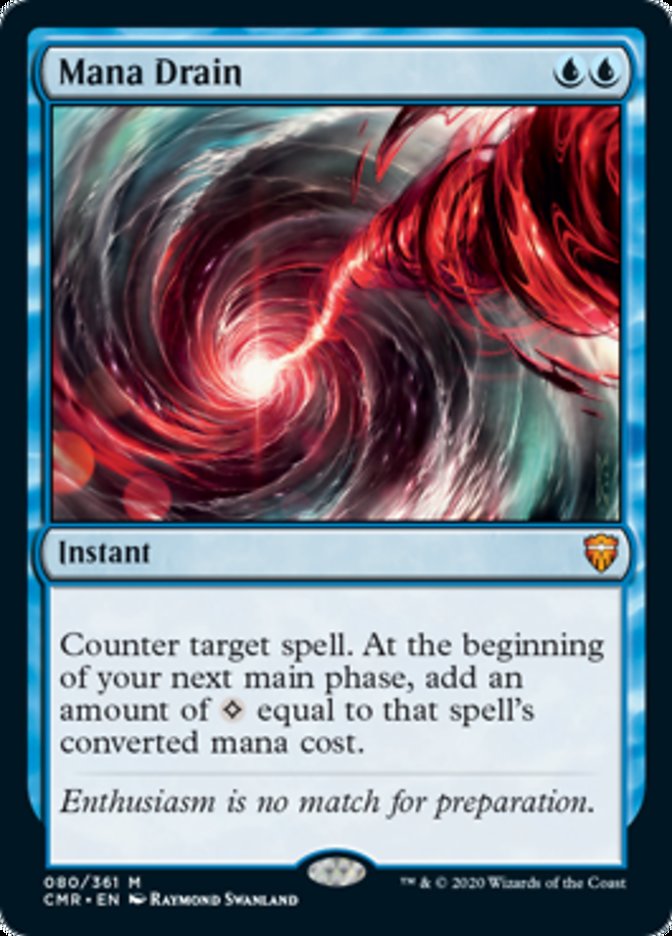

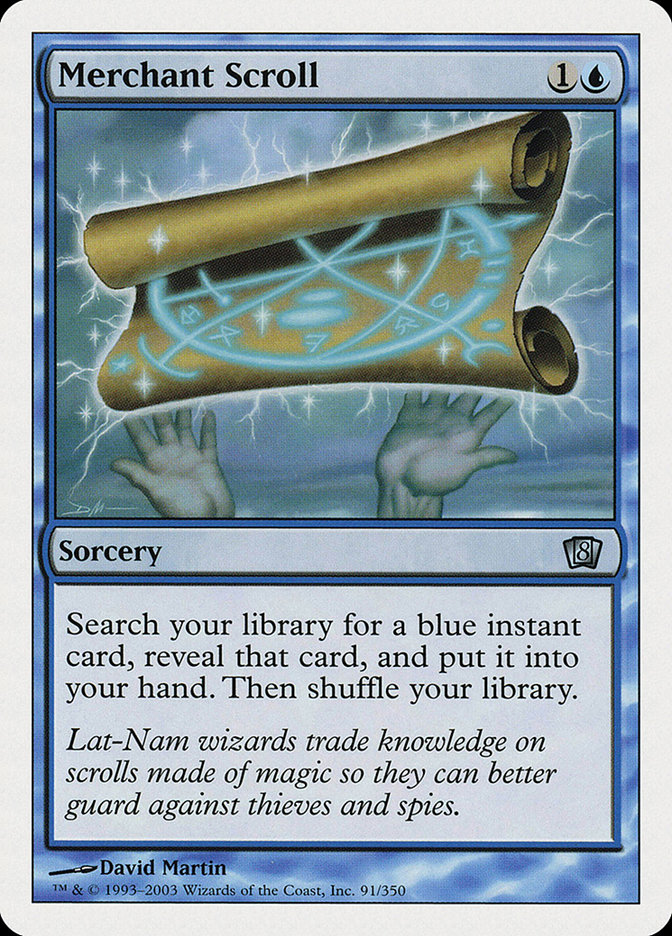
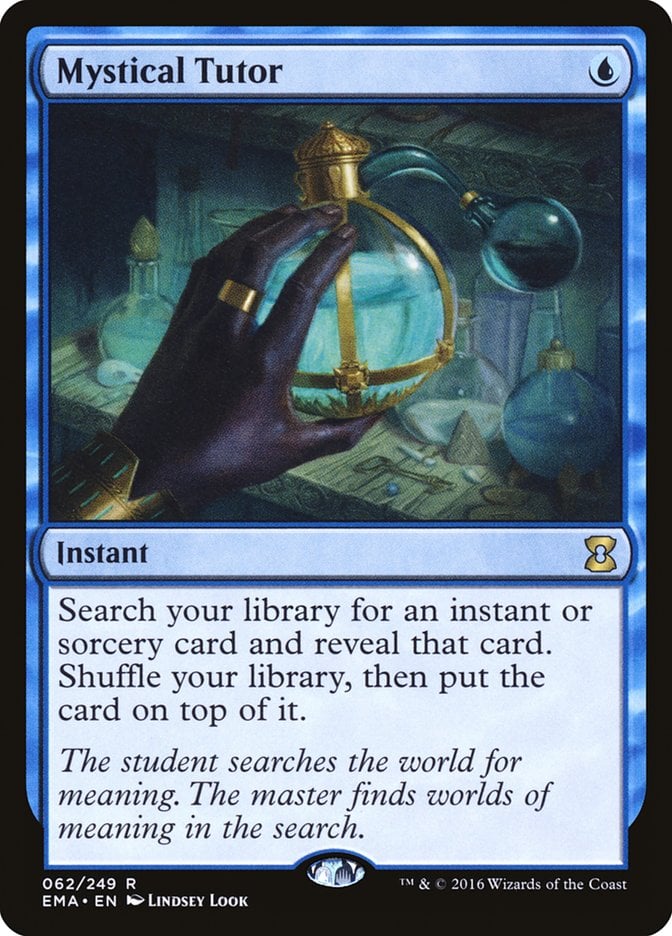
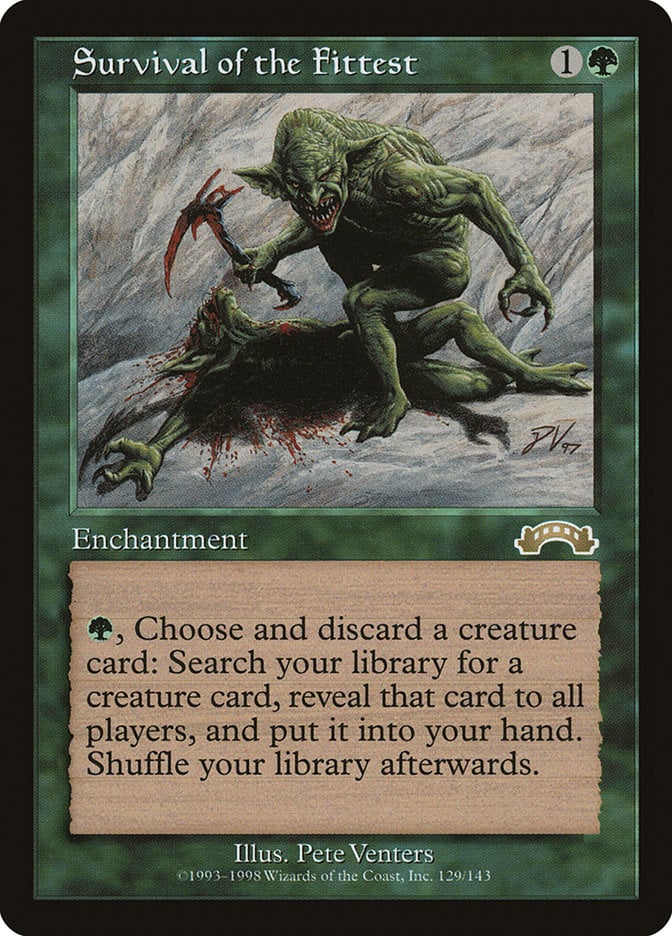
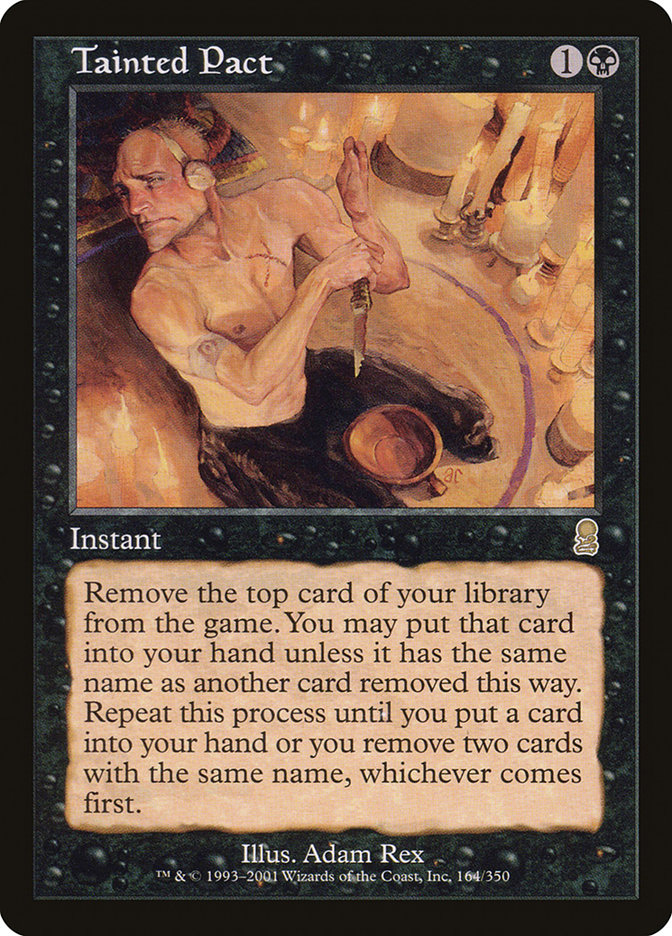
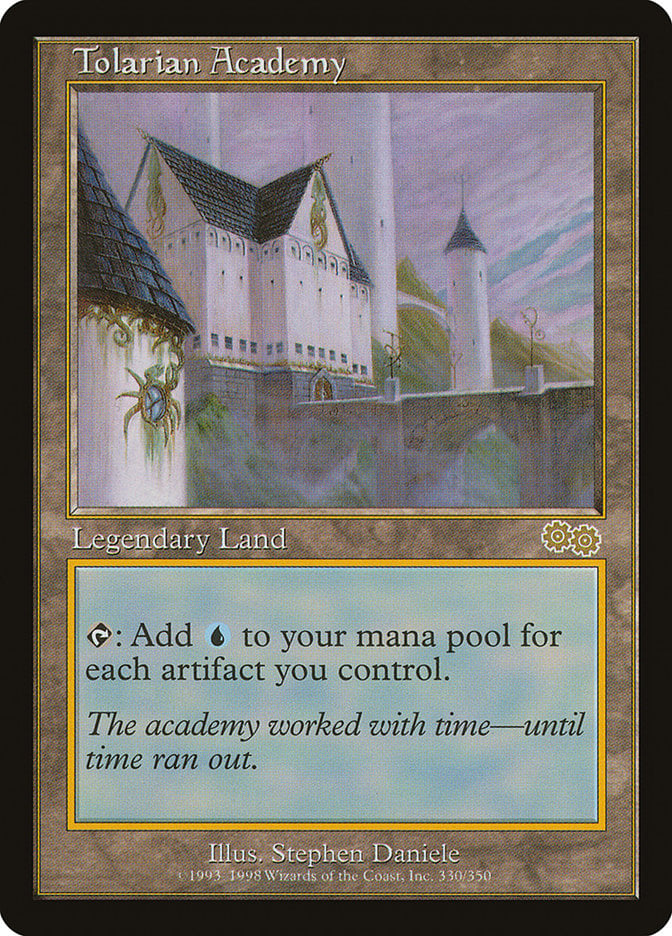
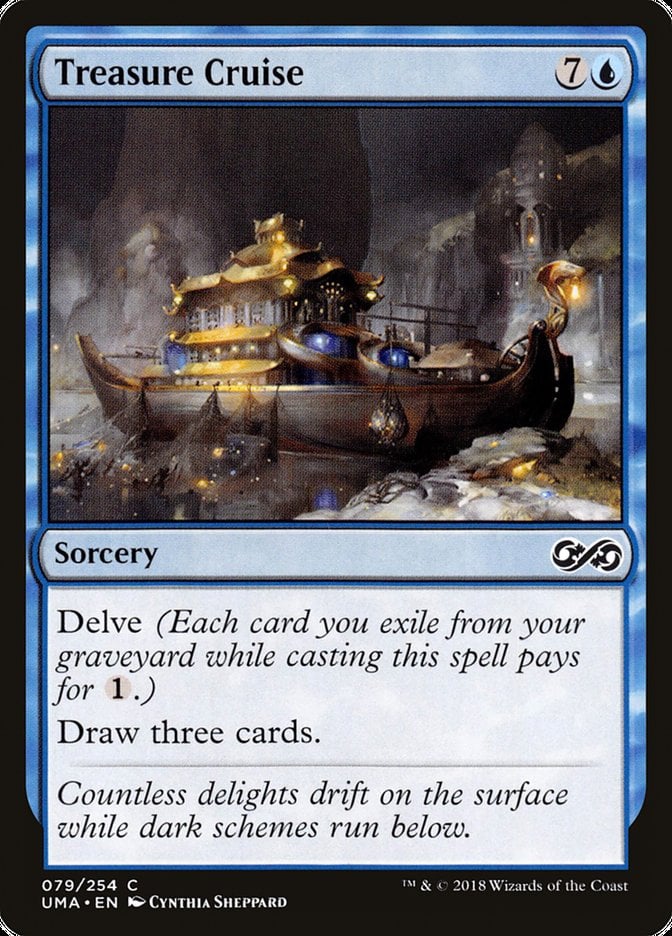
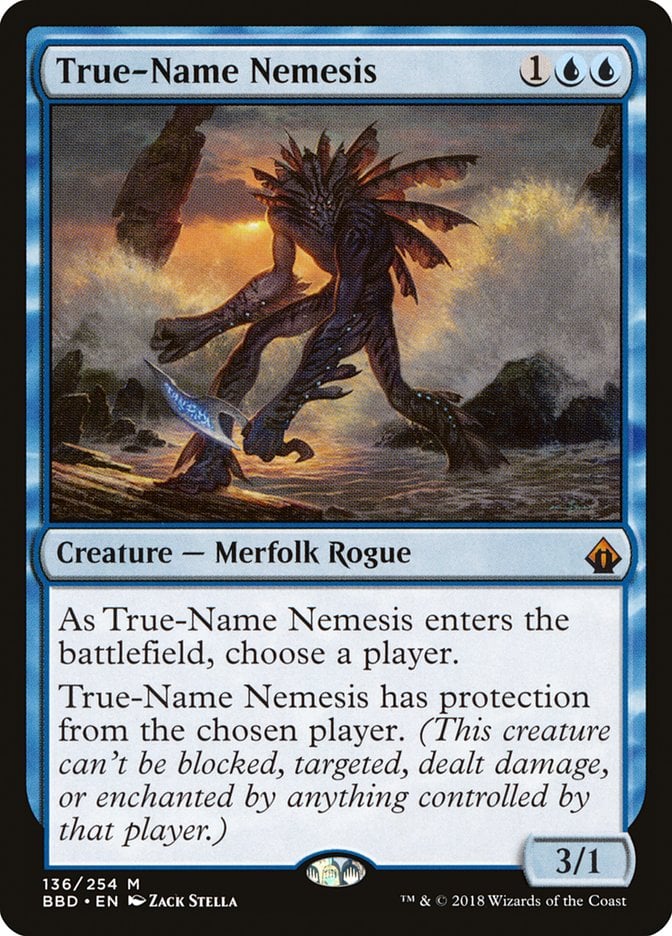
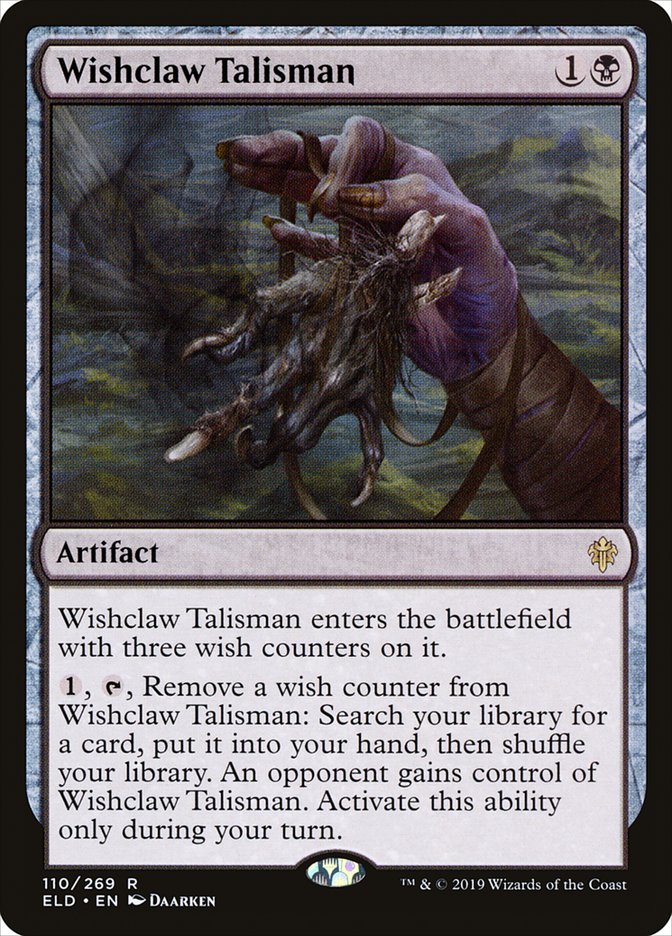
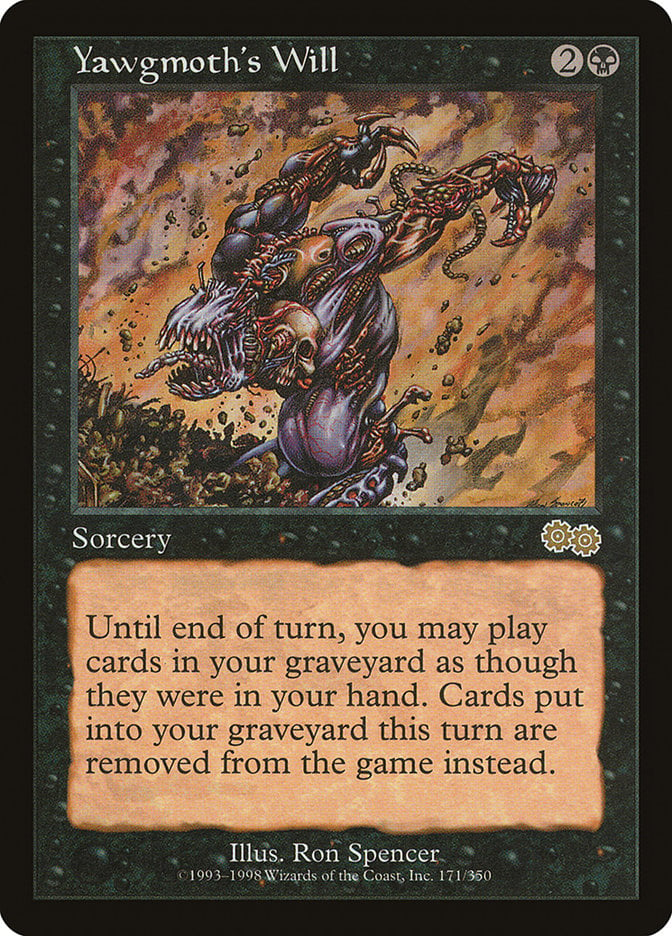
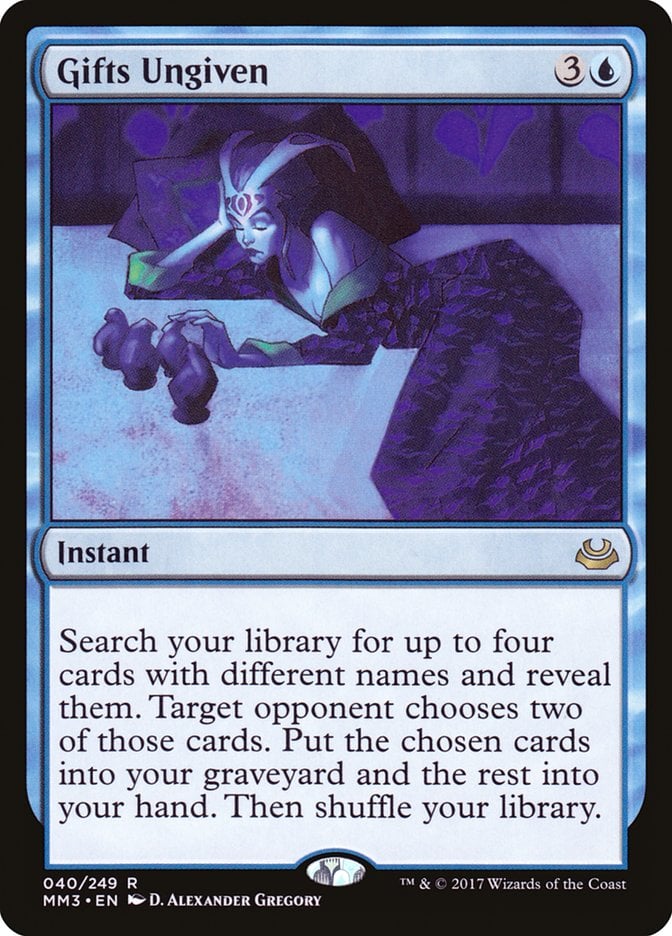
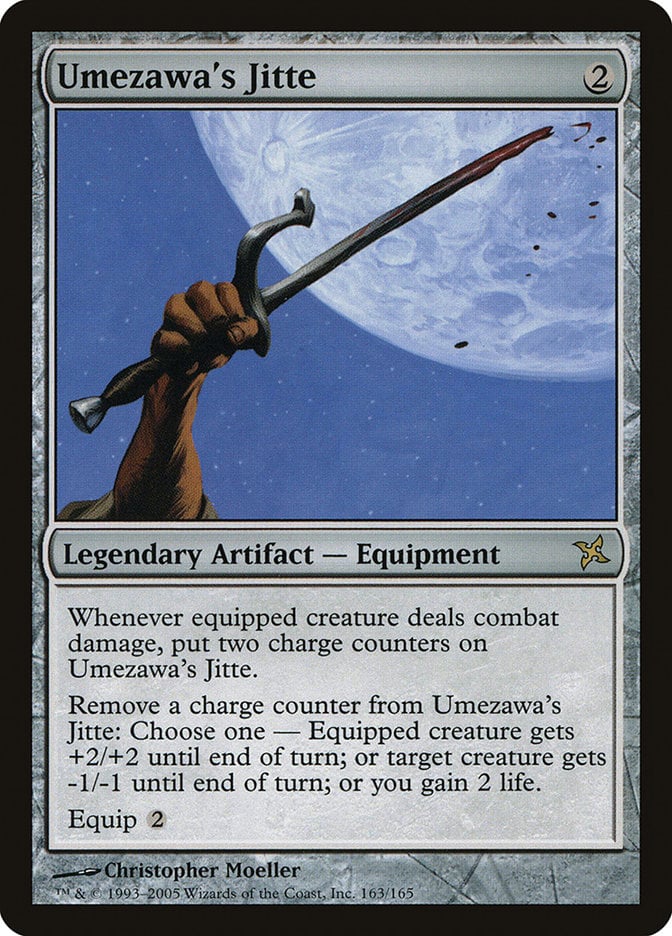
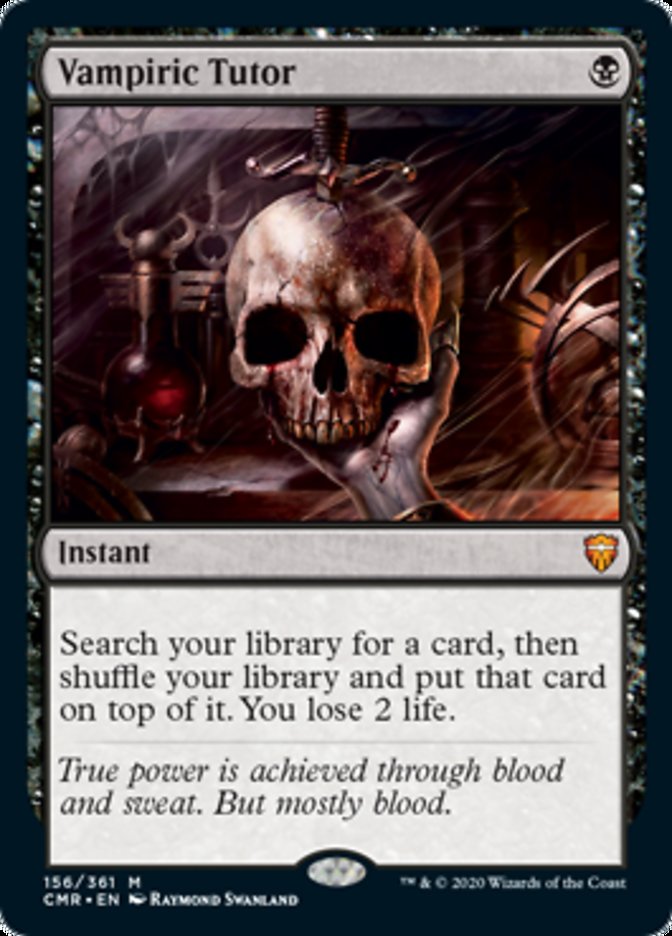
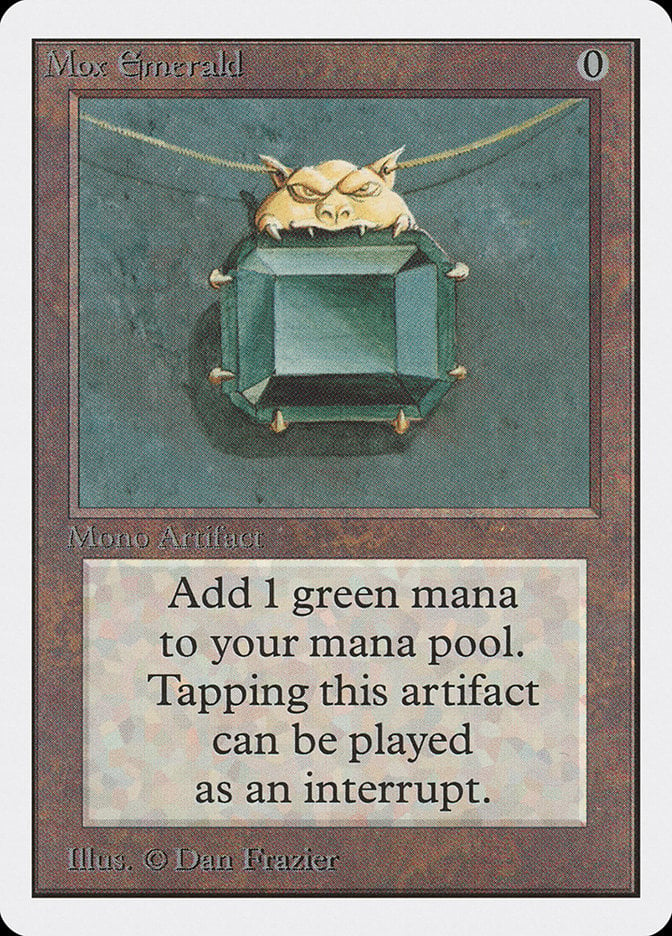
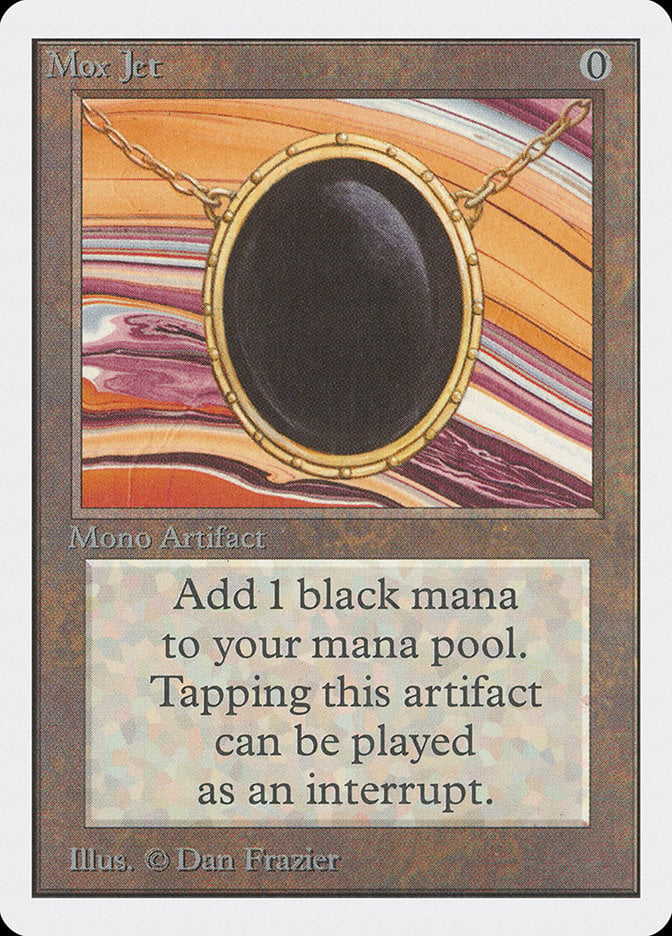
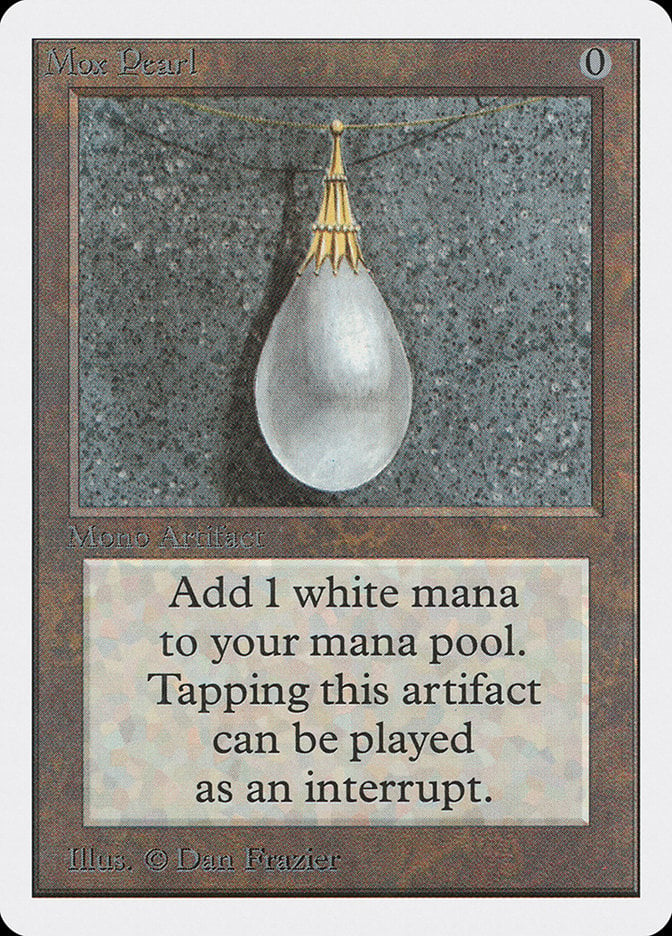
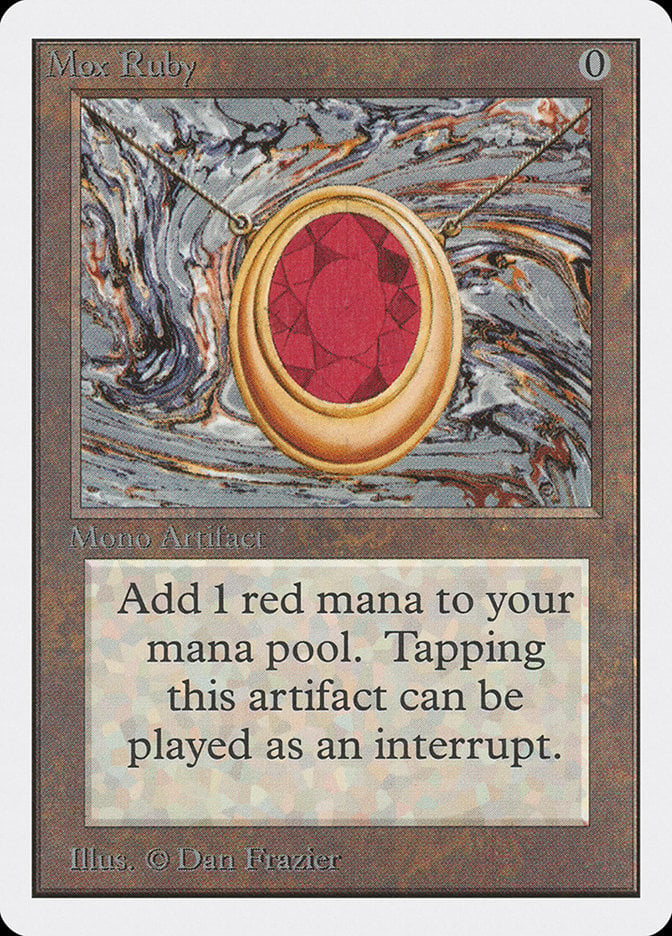
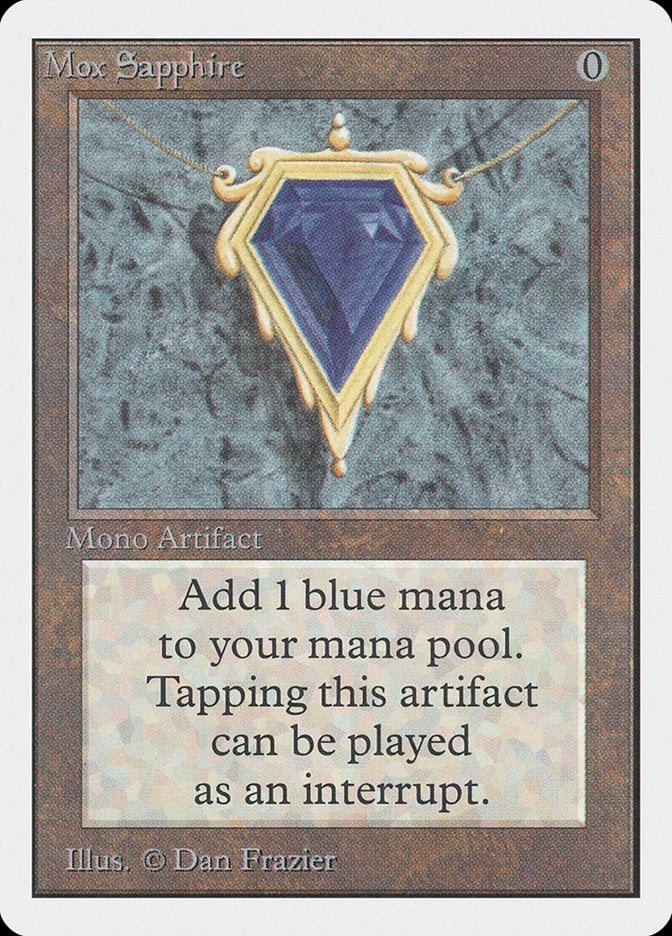
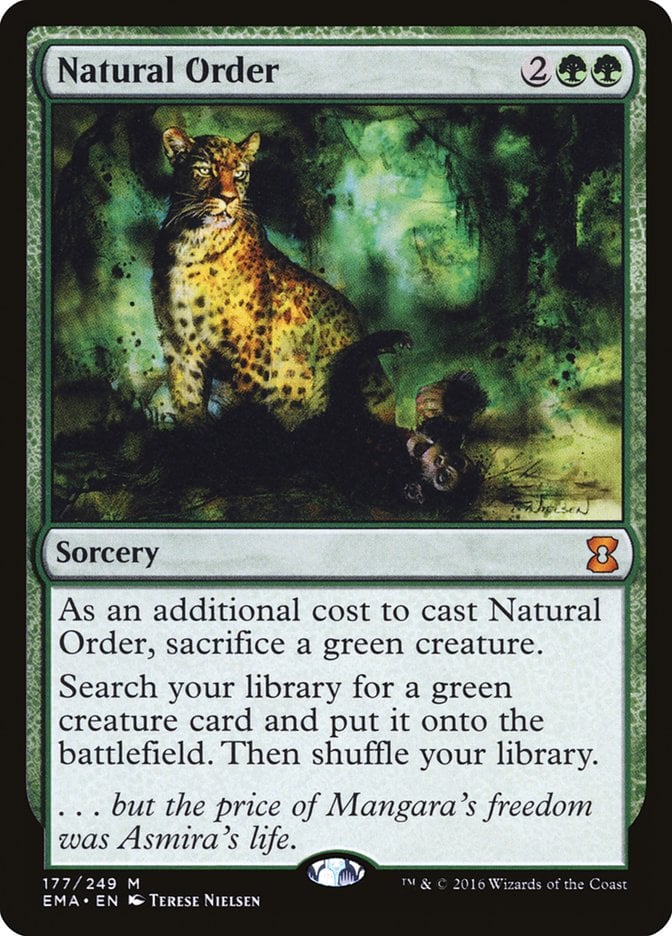
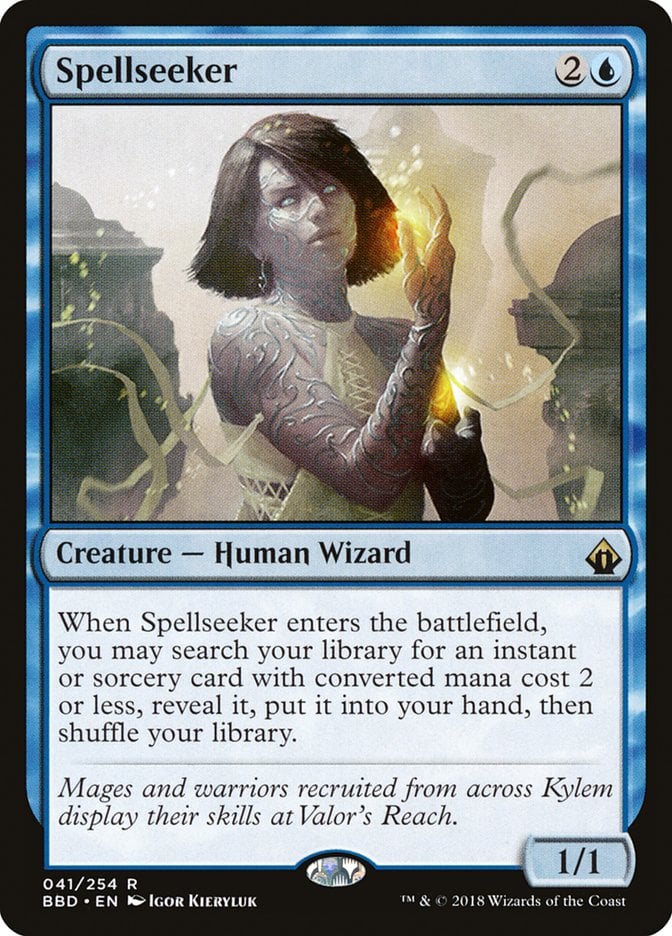
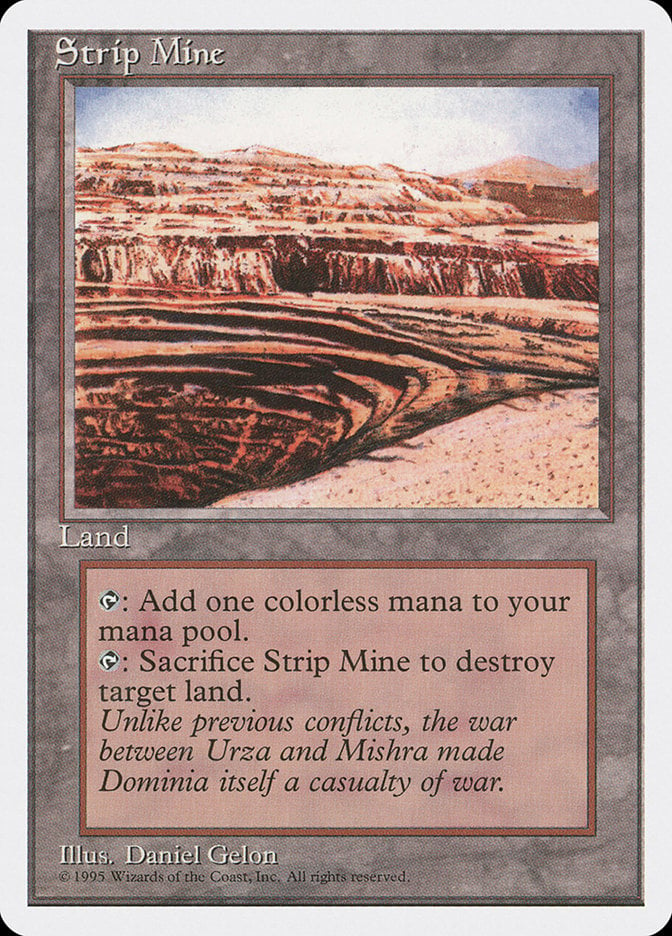
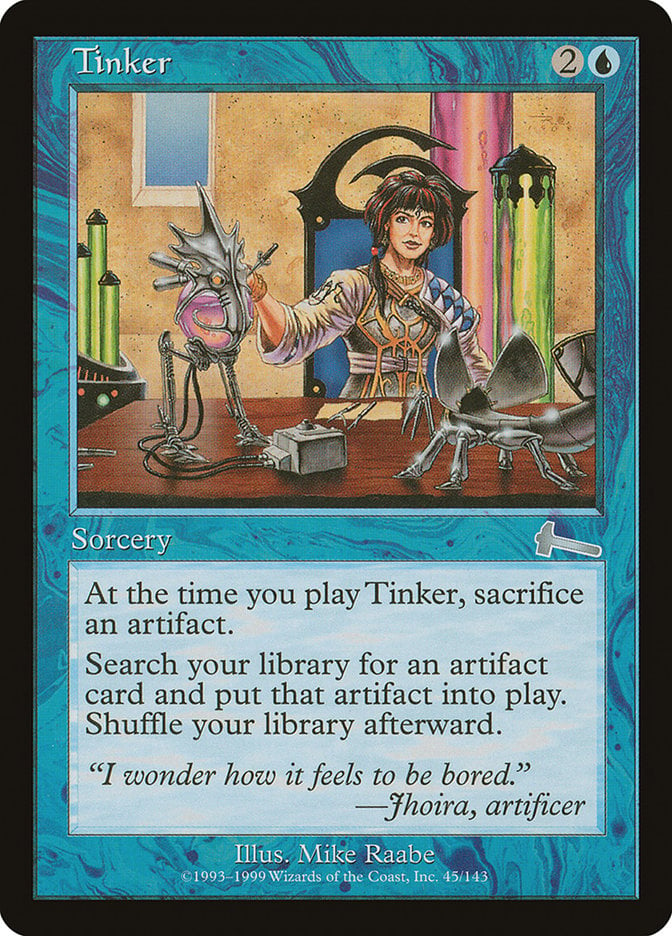
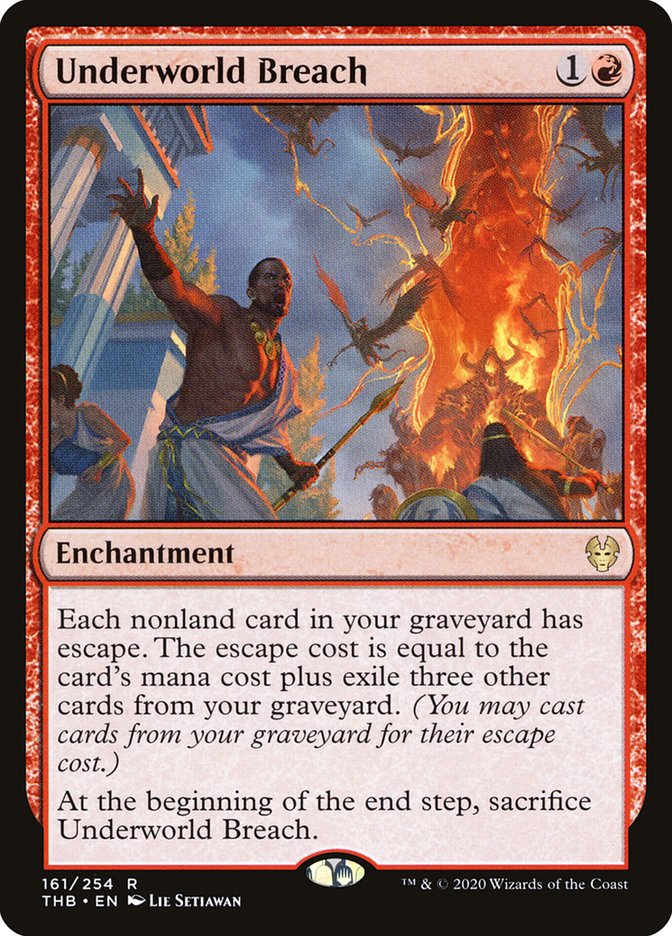
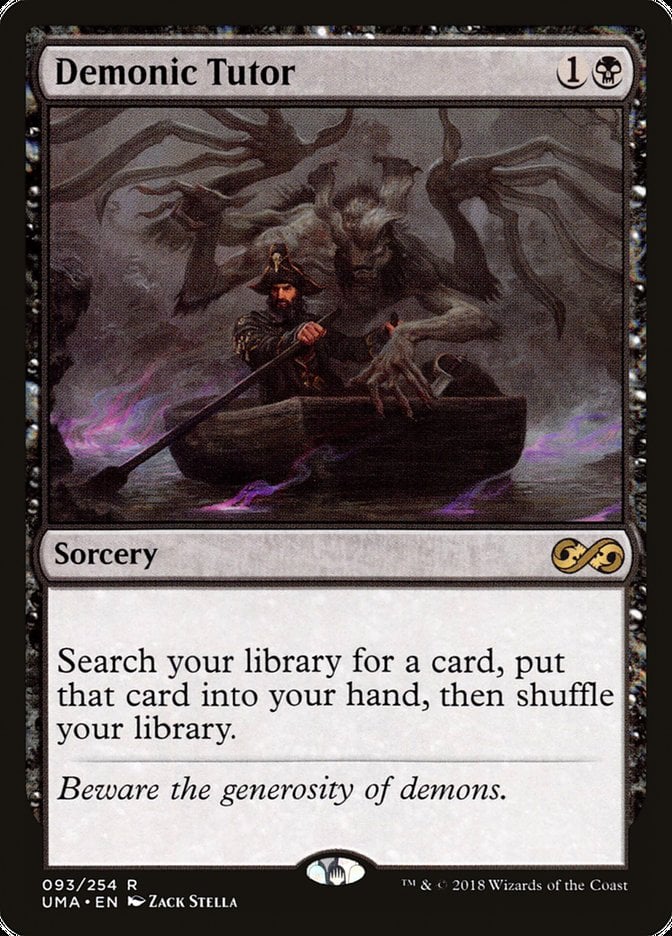
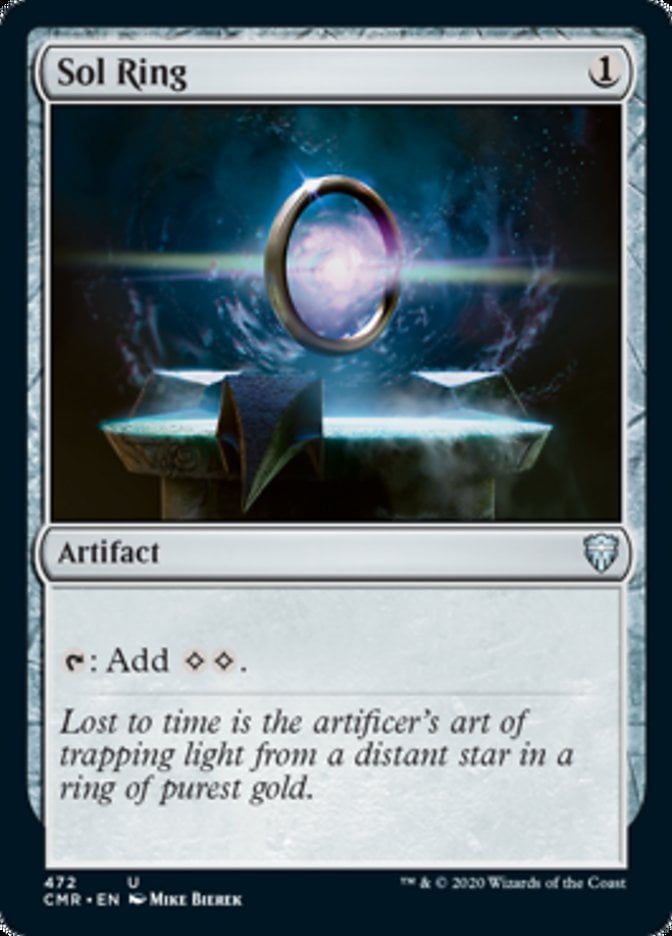
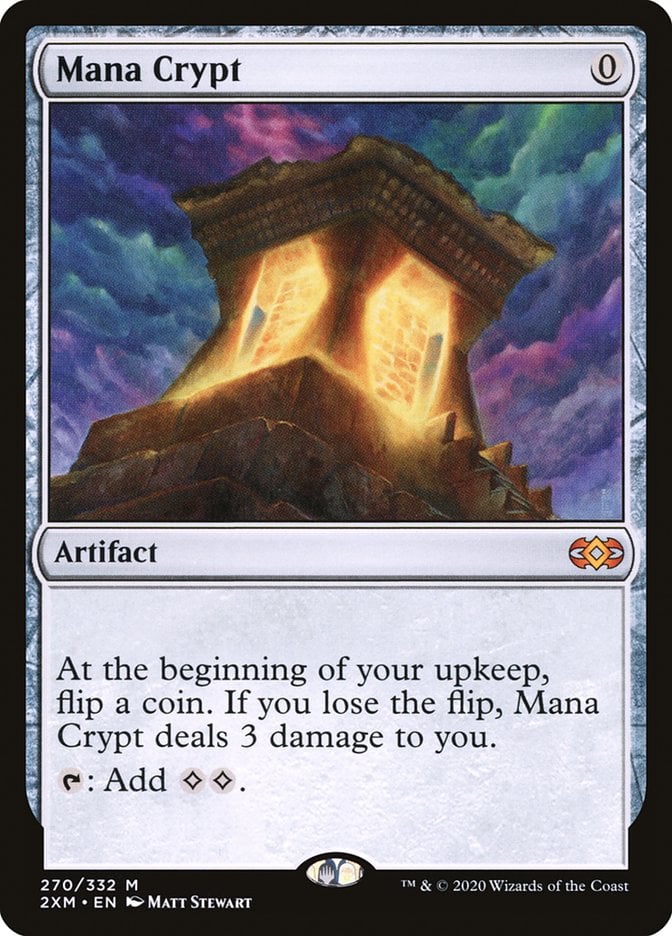
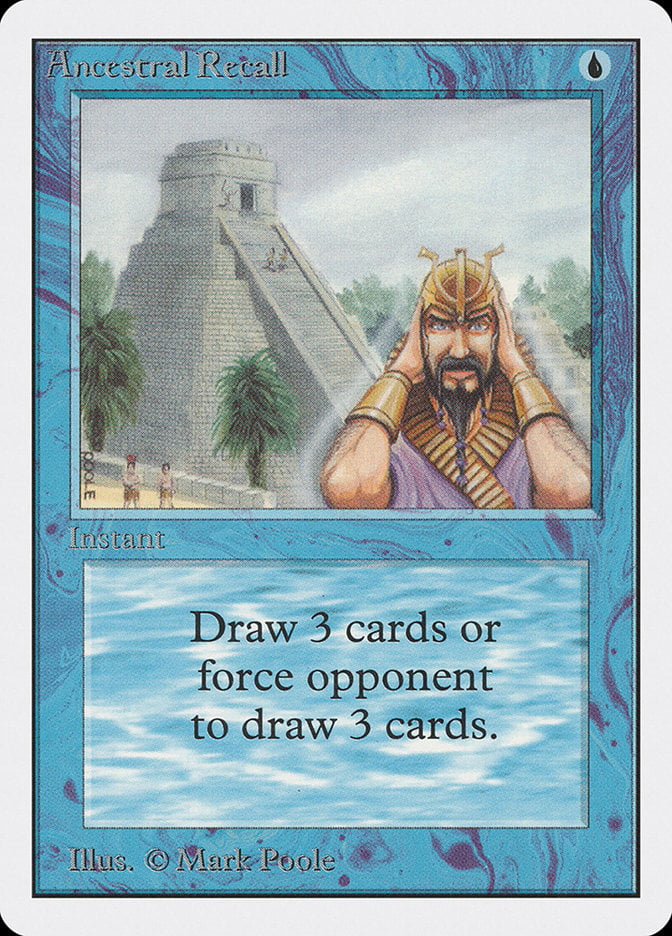
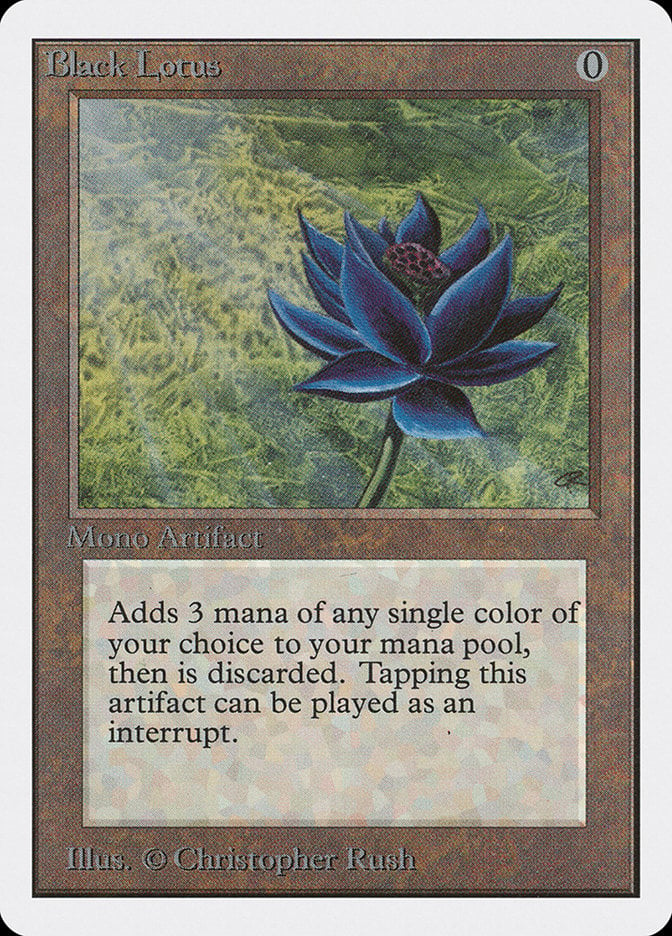
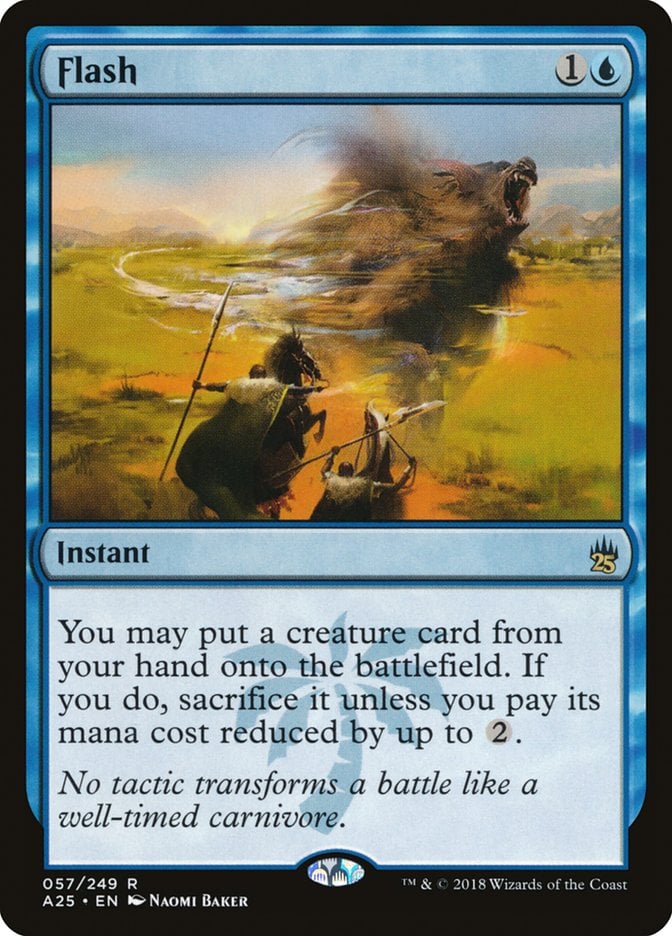
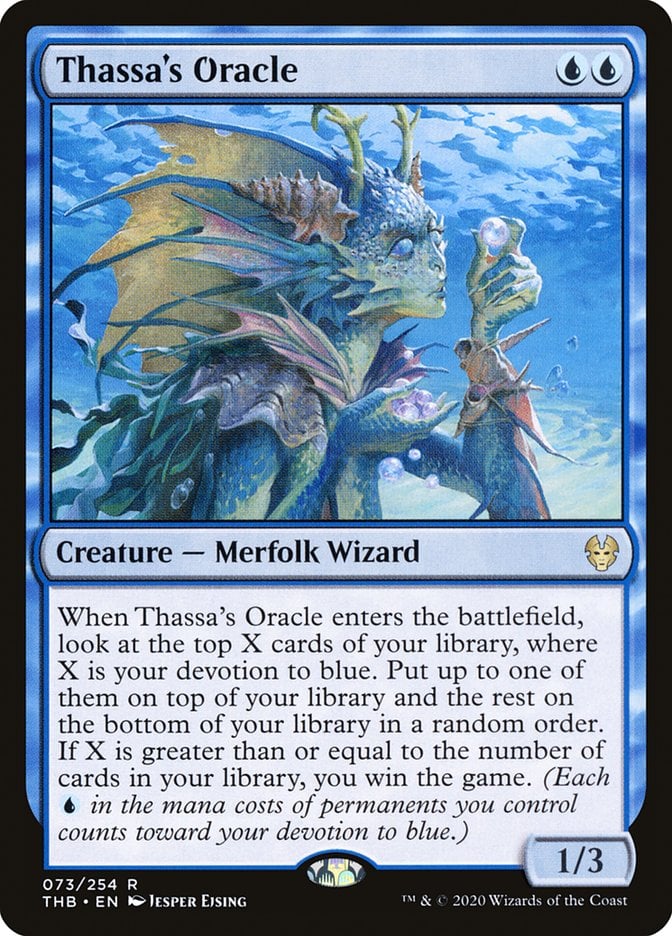
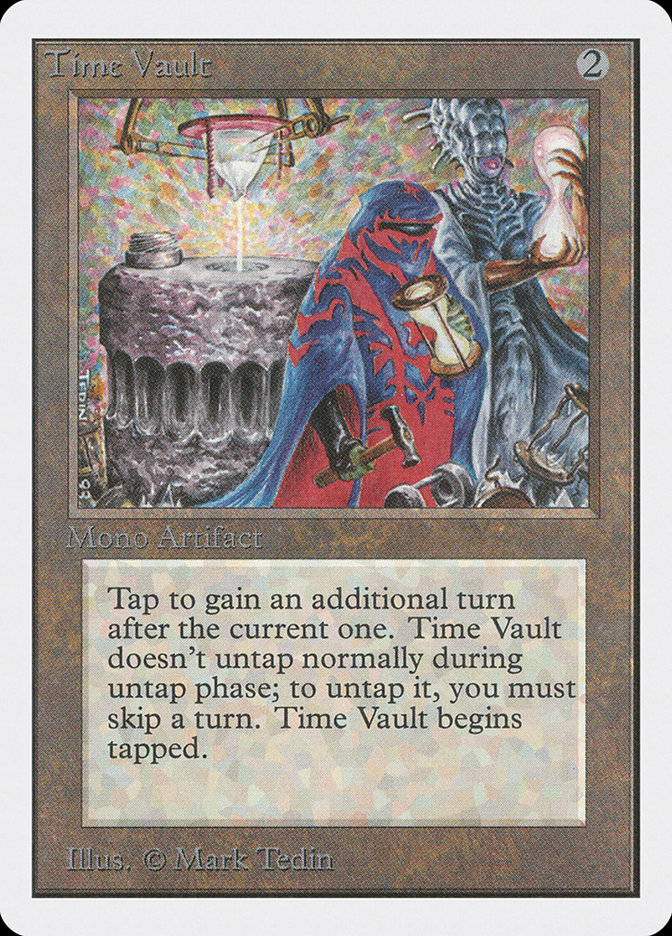
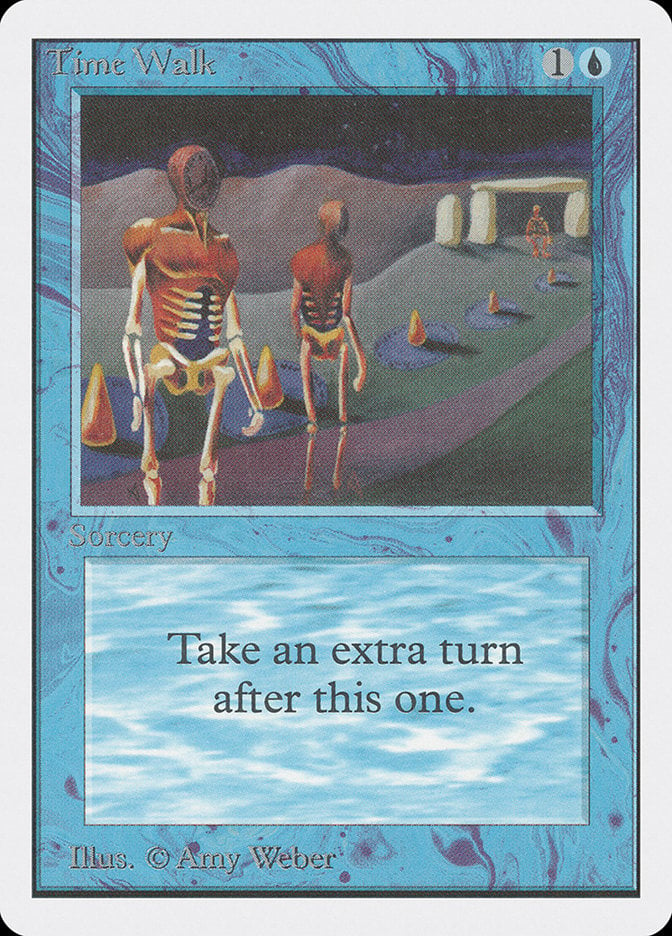
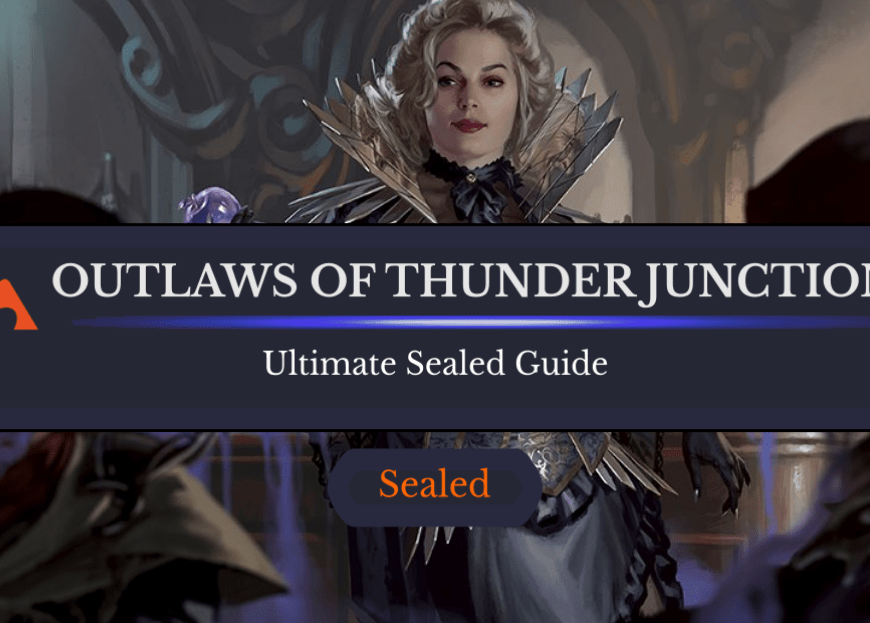

2 Comments
Hi there, I just want to note that this article has a lot of inaccuracies. I don’t know if this is an older article that has recently been updated but it really needs fact checking. The points list example you’ve given is incorrect (For instance neither Balance or Protean Hulk are pointed and Underworld Breach is three points). The primary way of playing on the discord is no longer MTGO and the Tenth Point no longer hosts tournaments. Webcam is the most common way of playing with up to 30 players a week
Thank you for the comment! We’ve pushed a large update with these changes in mind.
Add Comment